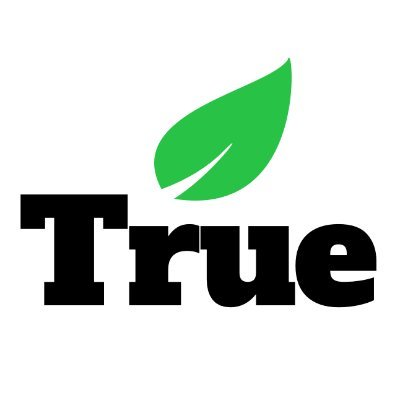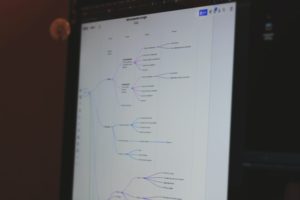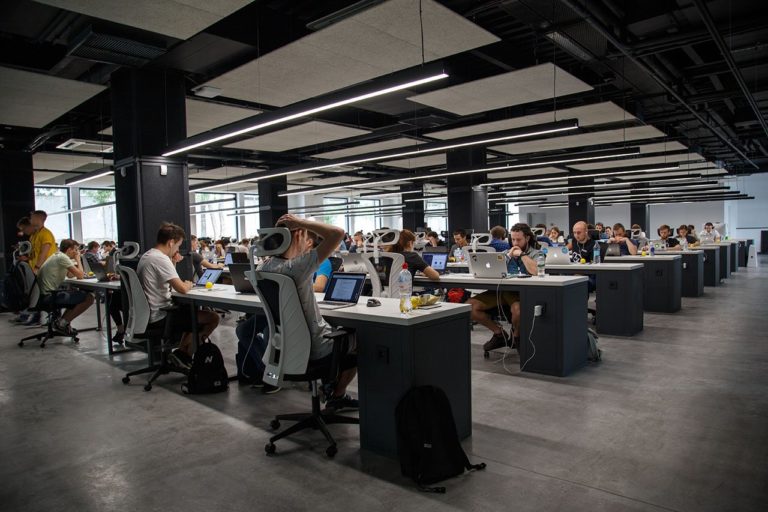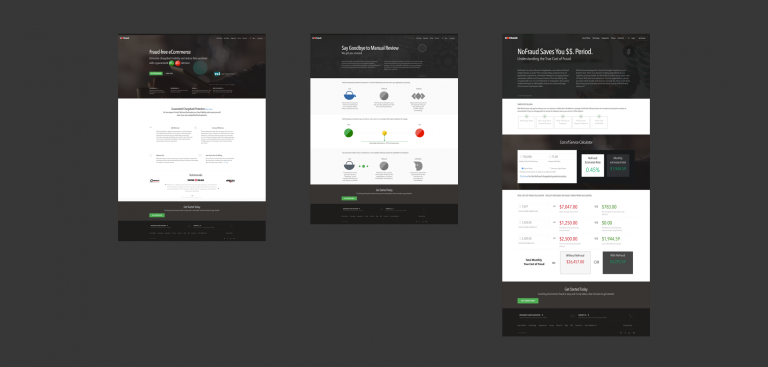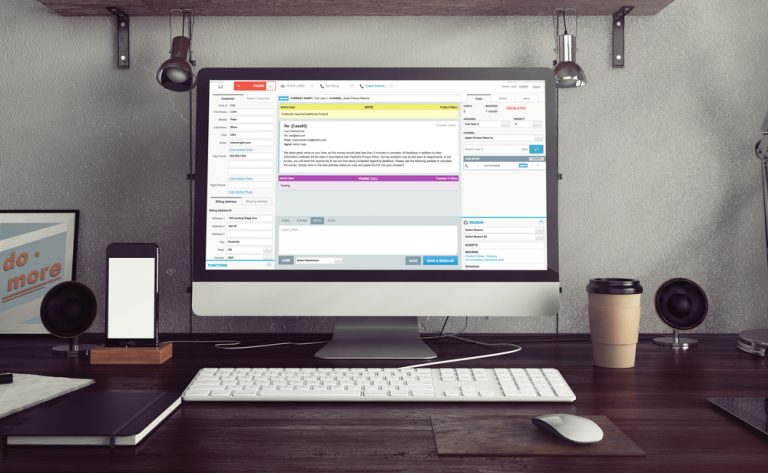Healthcare is a multi-billion dollar industry, and that’s not going to change anytime soon. The financial figures go both ways – revenues and costs – but for most of the people involved in healthcare especially consumers, it boils down to the latter.
Healthcare costs are high for a reason. The processes, products and technologies used in the industry undergo strict quality control checks to ensure their effectiveness and resources are needed to create and deploy such components.
From a business standpoint, if stocks were to be used as a basis for healthcare costs, even people with limited knowledge on financial markets can understand how massive this industry is and why the costs of medicine increase annually. In an article by Business Insider, it stated healthcare stocks have remained strong even after several other stocks fell after the Presidential Inauguration. And according to FXCM’s article on how to value a stock, they suggest while a stock’s valuation may differ from its intrinsic value, healthcare remains a compelling sector as baby boomers are now entering their senior years.
Fortunately, technology is also becoming a means to cut healthcare costs. Among the most promising innovations that could potentially make this possible is the Internet of Things (IoT).
The tech titan IBM enumerated the advantages of integrating the IoT into healthcare and the first on the list is reduced costs. A concrete example was given: real time patient monitoring. Non-critical patients can be monitored even at home, thereby decreasing hospital admissions and unnecessary costs.
Mubaloo revealed IoT-dependent technologies can be implemented in medical products such as RFID tags, beacons and even ‘smart beds’. Due to the large amount of equipment used by medical personnel, it’s a costly – not to mention time-consuming – task to track every piece, but with tiny modifications such as the installation of RFID chips, the process becomes much more efficient.
Beacons, on the other hand, can be placed near patient rooms or hospital wards, which can then be updated with the corresponding patient data or any relevant info to reduce costs on printed materials and other similar articles. ‘Smart beds’ can be used to notify doctors or nurses regarding the activity of their patients, which then lessens the need for frequent hospital rounds.
Moreover, Aranca discussed the prevalence of tech wearables in the US and Europe. Wearable devices are now specifically developed for functions such as tracking vital signs. This adds to the potential of remote patient monitoring as well as managing particular diseases. For instance, a wearable tracker may be used to measure a person’s glucose levels to help avoid or manage diabetes. Apple is reportedly developing this technology, and CNBC revealed that the first person to be tested is the firm’s CEO, Tim Cook.
More and more devices are getting connected each year, and experts estimate that around 20 billion devices will be interconnected by 2020 based on research. With such a rapid phase of development, it’s only a matter of time before innovations such as the aforementioned wearables get officially rolled out across the industry.
As global healthcare turns more reliant on technology and connectivity, the Internet of Things will be utilized further in various parts of the industry. And with reduced costs now highly feasible, hopefully more people will be able to have access to the quality healthcare that they deserve.
